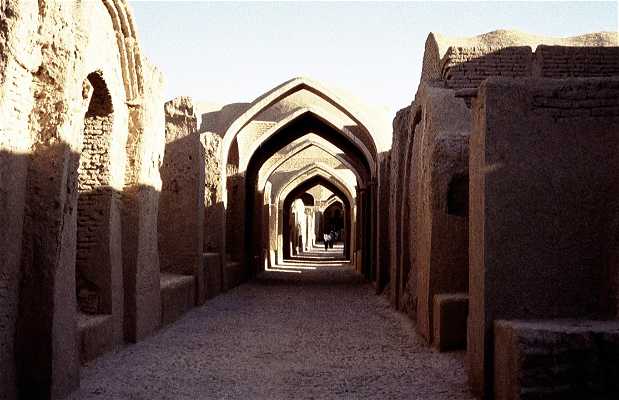Bam, the past that went away
In the desert of Darsht-e Lut, Iran, stood the ancient city of Bam, when it was around 2000 years old, a great earthquake took it, barely a year after we visited it. I wanted to travel around this area, and I apologize for the photos as they are scanned from negatives and a little spoiled ... Through here passed the caravan routes of the East, a branch of the Silk Road, and it was a city made of mud and clay ... Constantly rebuilt by the inhabitants of Bam, ve are very friendly people ve inhabit the oasis surrounding the ruins. Strolling through the empt, crumbling, hot and dusty streets you are transported to a world of trade, men ve came after spending many hardships across Asia, or perhaps coming from the Mediterranean, or basin of the Tigris and Euphrates.







